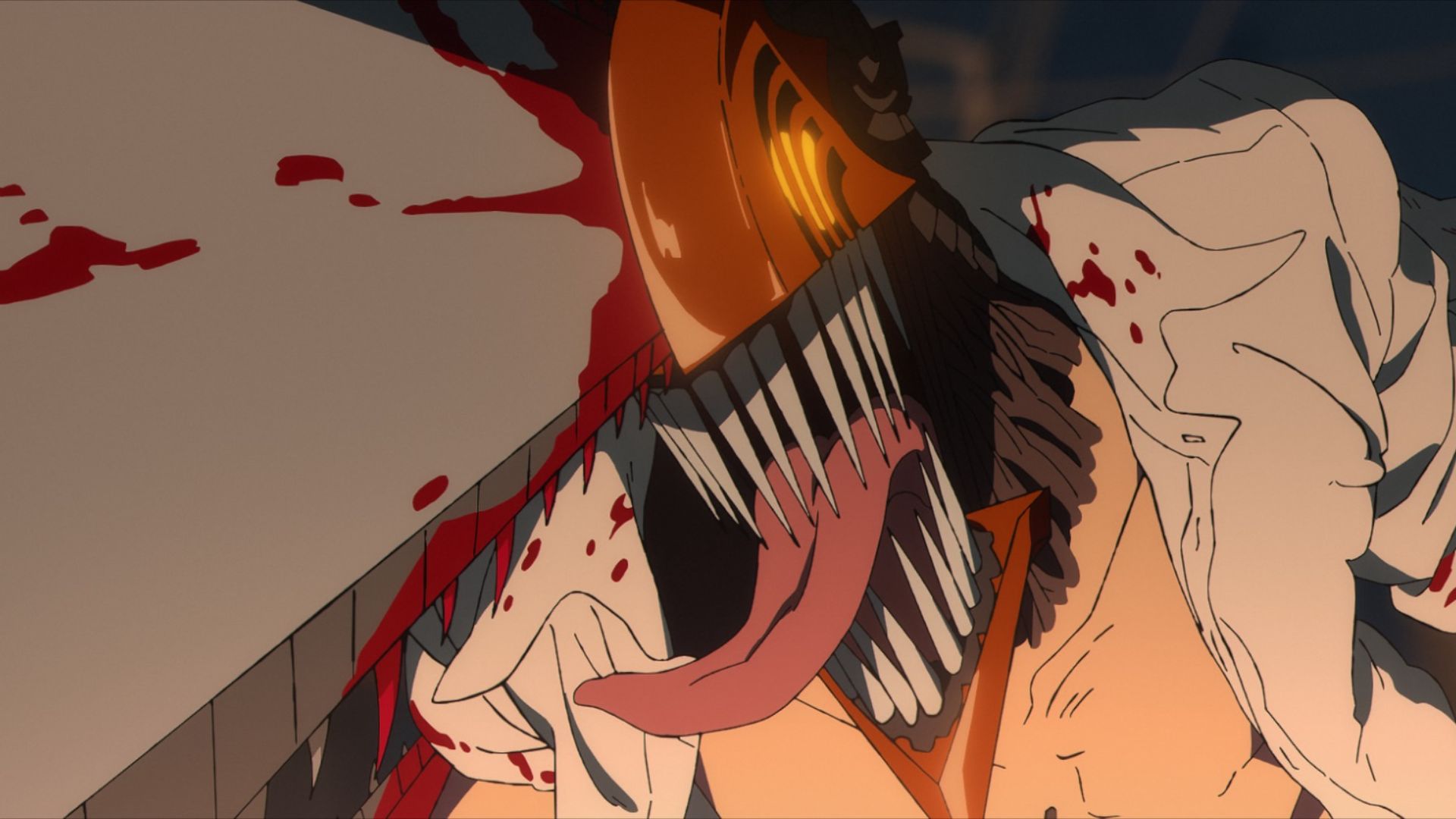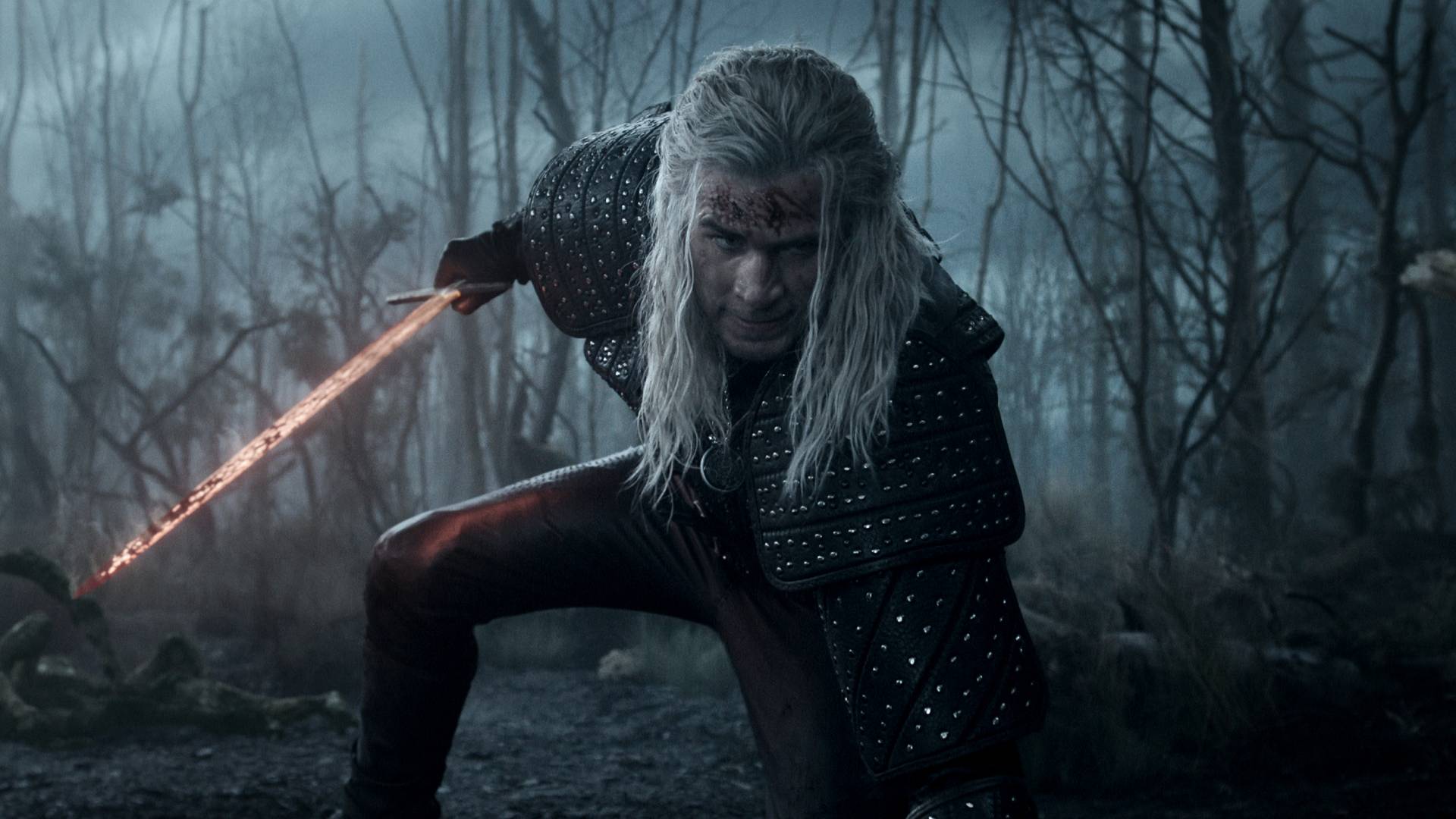The Legend of Zelda: Breath of the Wild director on how Link embraced the open world
A legend in his own right, Hidemaro Fujibayashi explores how Zelda reinvented itself in Breath of the Wild
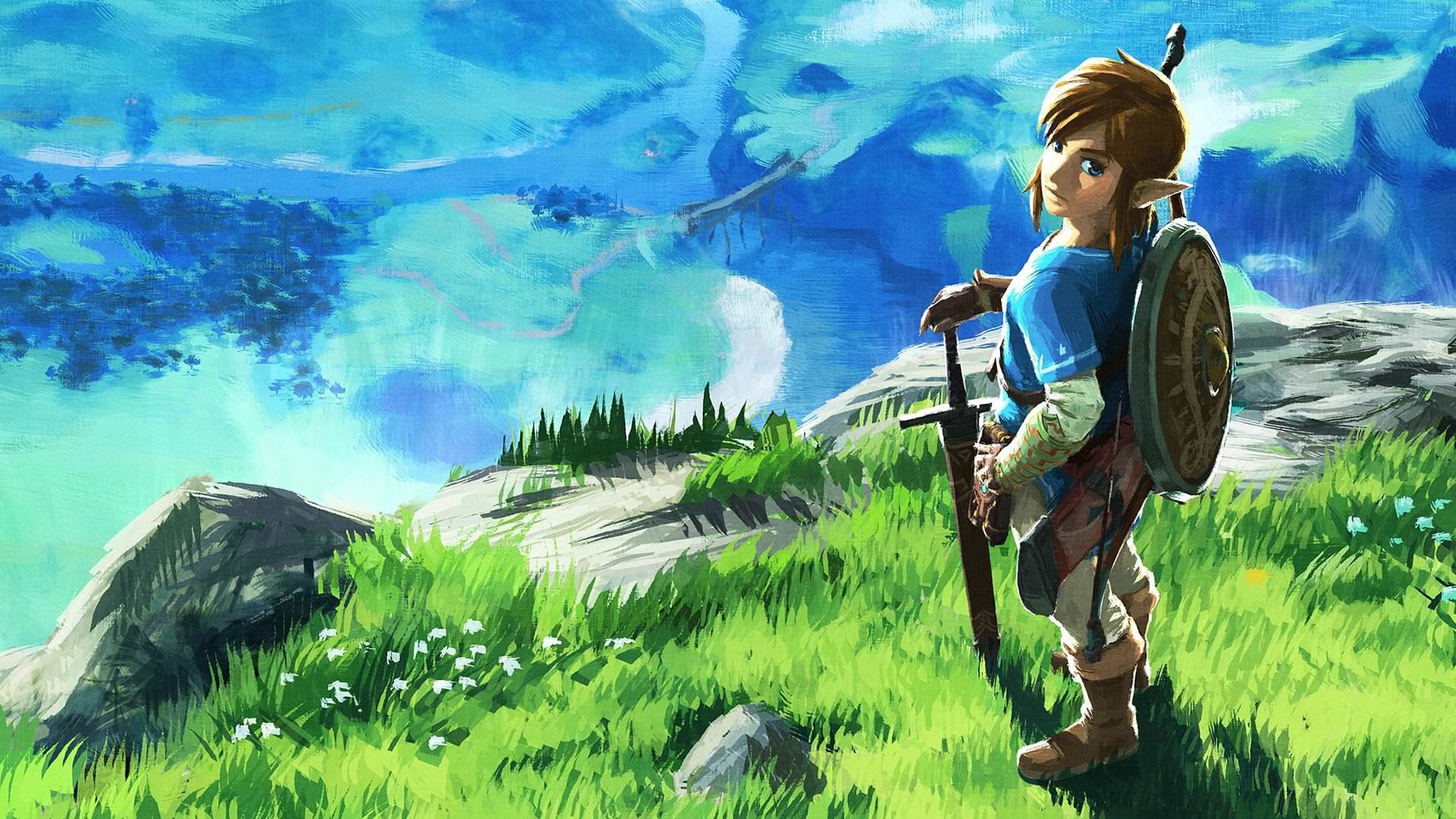
Under ordinary circumstances, Hidemaro Fujibayashi (pictured below) could be considered something of an industry veteran. He has, after all, been making games since 1995, when he joined Capcom – and he's been a level designer, after a fashion, for even longer, having previously been responsible for planning the layouts of haunted houses for theme parks in Japan. Indeed, his ties to The Legend Of Zelda alone stretch back over 20 years, to the two Oracle games for Game Boy Color. However, Nintendo is no ordinary company, and so it is that Fujibayashi finds himself thrust into the spotlight after more than two decades in the wings, as the old guard of Miyamoto, Aonuma, Tezuka et al take a step back.
Alongside the likes of Yoshiaki Koizumi, Shinya Takahashi and Splatoon producer Hisashi Nogami, Fujibayashi represents the new face of Nintendo – even if 'new' is a bit of a stretch for such long‑serving employees. A relatively sprightly 44 years of age at the time of the game's release, the Breath Of The Wild director's first entanglement with Zelda came during the development of Oracle Of Ages & Seasons, where he was responsible for collating game concepts from Capcom's team and reporting back to Miyamoto. His organisational skills must have impressed his superiors, since he was appointed the role of director and co‑writer. Fujibayashi conceived the password system that connected the two games for a special ending. Who better than a man responsible for a link between Links to helm a new Zelda game designed both to span two hardware generations and to bridge the gap between established ideas and brave new horizons? And yet Fujibayashi says it took some time to find a fresh point of focus for Breath Of The Wild.
"It didn't come to me right away as a fully formed idea," he recalls. "For a long time, I went from idea to idea before I finally reached what I think are the very roots of Breath Of The Wild's gameplay: the idea of cliff climbing and paragliding back down, the keyword 'survival', and the idea of 'creativity of combination' whereby players make use of things that happen when their actions interact with objects placed on the map – for example, lighting wood with fire to create a bonfire. It was this root gameplay that I then submitted."
Solve the puzzle
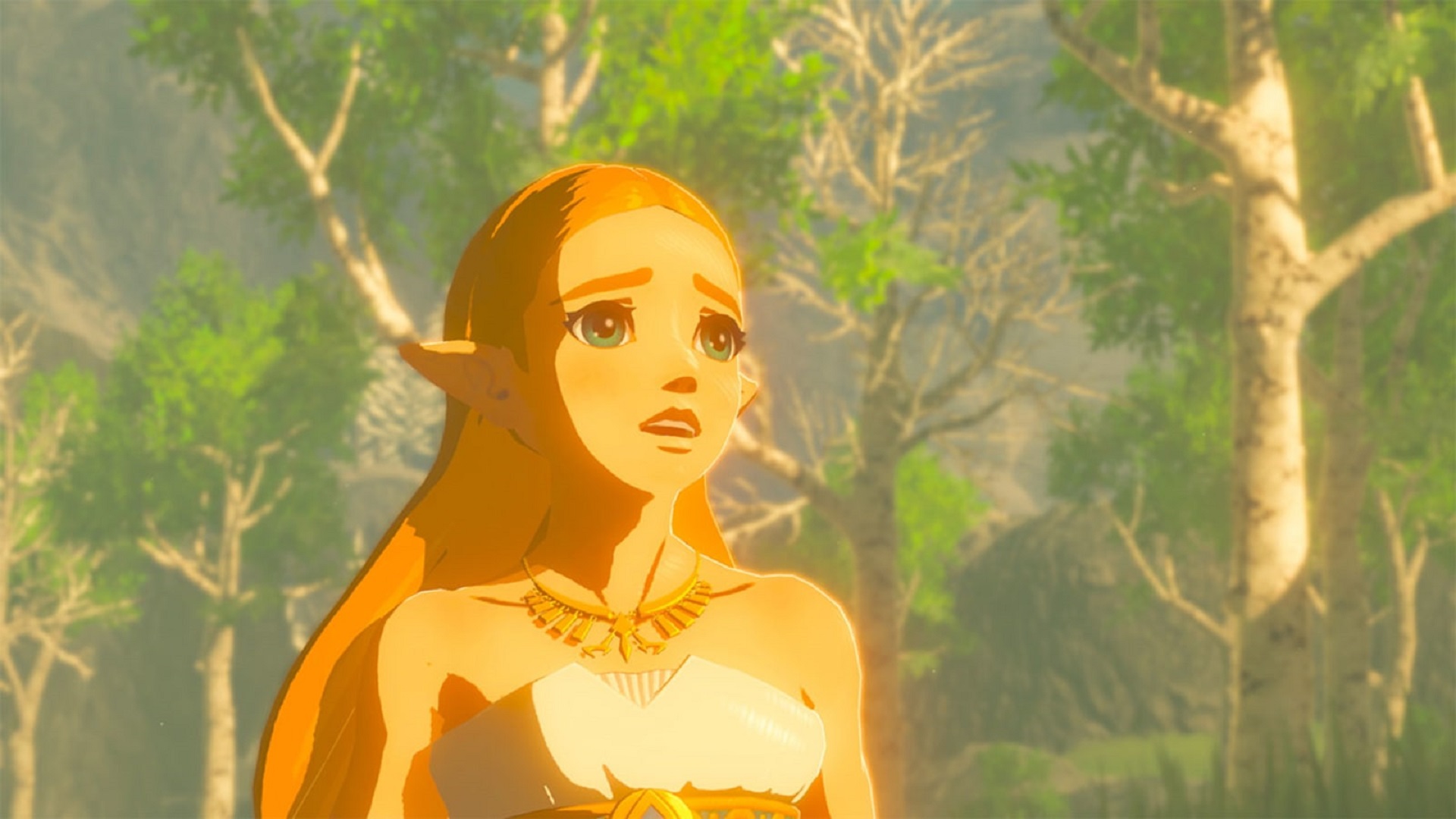
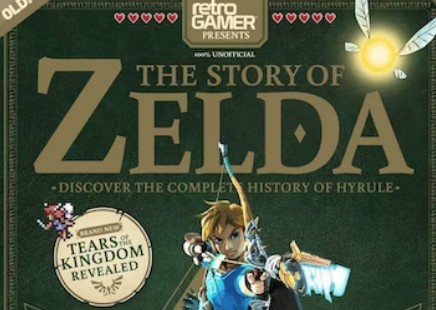
For Fujibayashi, Zelda is, first and foremost, a puzzle game. Whether it's one of the many shrines (self‑contained miniature dungeons, essentially) scattered throughout the land, or even a cluster of Bokoblins blocking your path, Breath Of The Wild, like previous entries, is designed around a series of situations that require the player to come up with a hypothesis and then test it out. That has, he says, been central to the appeal of Zelda since the beginning – back when he was part of its audience rather than its creative team. "The look and feel of the game has changed with the times, [but] I don't think the core gameplay of the series has changed at all compared to that of 30 years ago," he explains. "I feel that's because even though the puzzle-solving element of the series changes with the times in how exactly players interact with it, the fun of it – the fun I experienced for the first time myself as a child – is still there in more recent Zelda titles, completely unchanged."
So long as that core – or 'rule', as he calls it – is intact, Fujibayashi believes, then there are no limits to what can surround it. He is, it's fair to say, an ideas man – keen to stuff as many as he possibly can into each new entry for which he's responsible. "Whenever we get a new piece of hardware, or a new feature, or a new development environment, I just want to tell people about the ideas I have for getting that same feeling of fun I felt way back into a game, but in a new way," he says. "What I've learned from working on Zelda games is that you will never run out of ideas if you ask yourself what you can mix together with this rule."
In the case of Breath Of The Wild, there are lots of new ingredients to stir in, from crafting to cooking, degradable weapons and gear to physics-based conundrums and realistic weather with tangible environmental effects. No sweat for a pioneer such as Fujibayashi, who's overseen Link acting as an advocate for a host of Nintendo hardware features, such as the Game Boy Advance Link Cables in Four Swords, the DS touch-screen and microphone in Phantom Hourglass, and Wii MotionPlus in Skyward Sword. In that sense, the series' heroic lead isn't just a mascot for Nintendo, but for its ideas. What is it about Link, we wonder, that makes him so ideally suited to showing off the capabilities of Nintendo hardware? "Actually, I don't really think of only Zelda games being especially appropriate for drawing out the abilities of Nintendo's hardware," Fujibayashi says. "However, solving puzzles is at the root of Zelda games, so maybe it is this way simply because the puzzle-solving gameplay allows us to show off new features in a very easy-to-understand way." He follows up with the mildest of spoilers: "In this story Link wakes up at the outset wearing only underwear. I think, as the avatar of the player in this world, he's able to take on all these different roles precisely because we made him as a character so neutral."
If Link is adaptable, the same could be said for a series that has never been content to stay in one place, even as some features have remained constant. Majora's Mask, for all its recycled assets, adopted an entirely different structure to its immediate predecessor; Spirit Tracks, too, borrowed a control scheme from Phantom Hourglass, but approached navigation in its own distinct way. The Fujibayashi-directed Skyward Sword left little room to explore outside its dungeons and hub areas, while its successor's expansive world stretches as far as the eye can see, and beyond. Fujibayashi has his own theory for why Zelda, unlike so many of its peers, has been so open to change.
Weekly digests, tales from the communities you love, and more
"The history of the Zelda series is very long, so I should note that a lot of what I'm about to say includes some speculation of my own," he begins, cautiously. "But I think that perhaps it's because throughout the series, even though directors have changed, I feel like we've made the games to allow players to get one specific sensation or experience. A universal experience, a feeling that exists in everyone no matter the time period; something that's not really affected by a difference in views you hold or the culture you come from. There can be a language barrier, but it's not an absolute. Anyone would be excited when they manage to get the ring out in one of those metal-wire puzzles, right? That's the kind of experience I'm talking about. I think it's because the Zelda games are built to treasure that feeling that makes it so adaptable."
Open world/mind
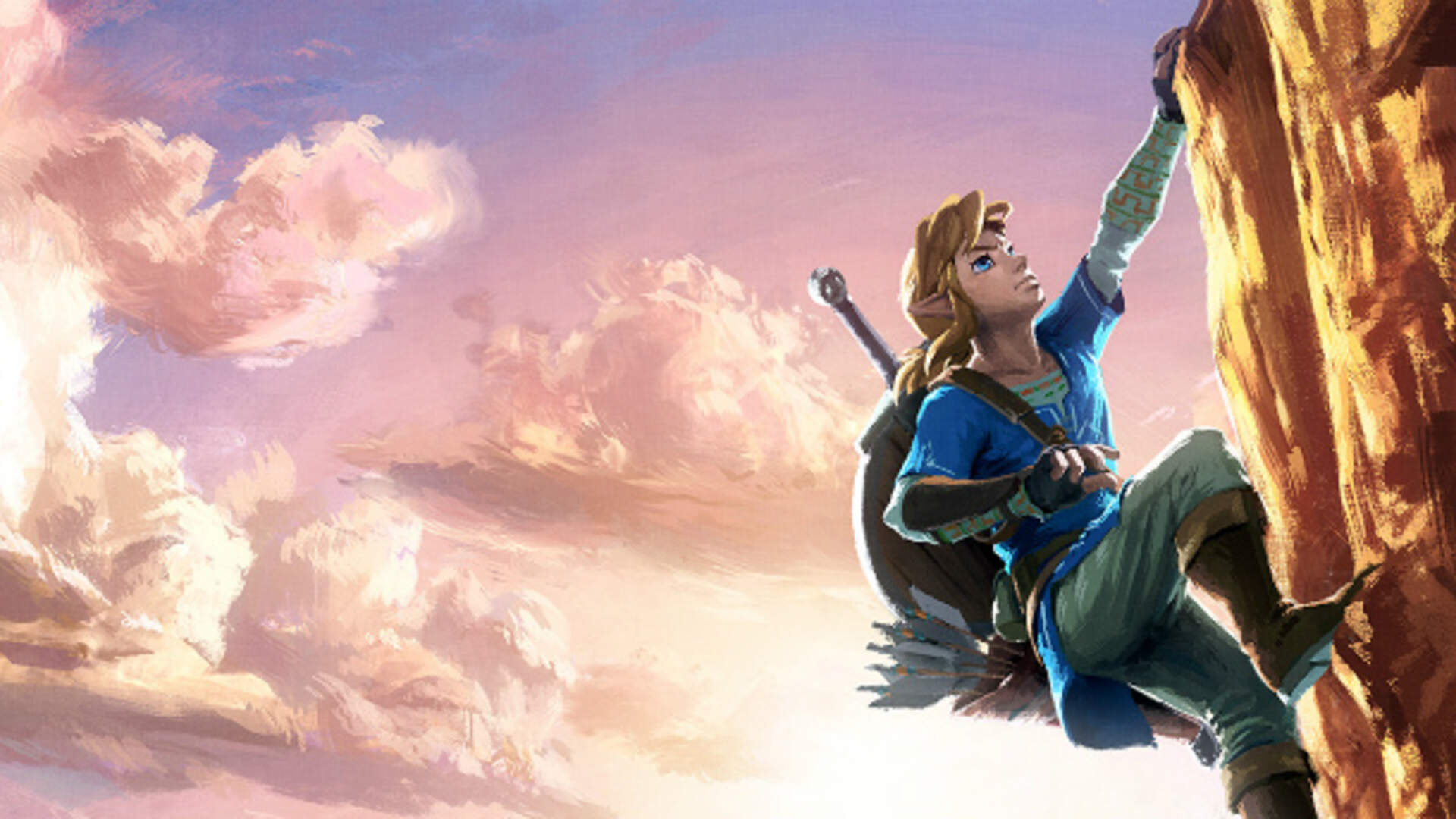
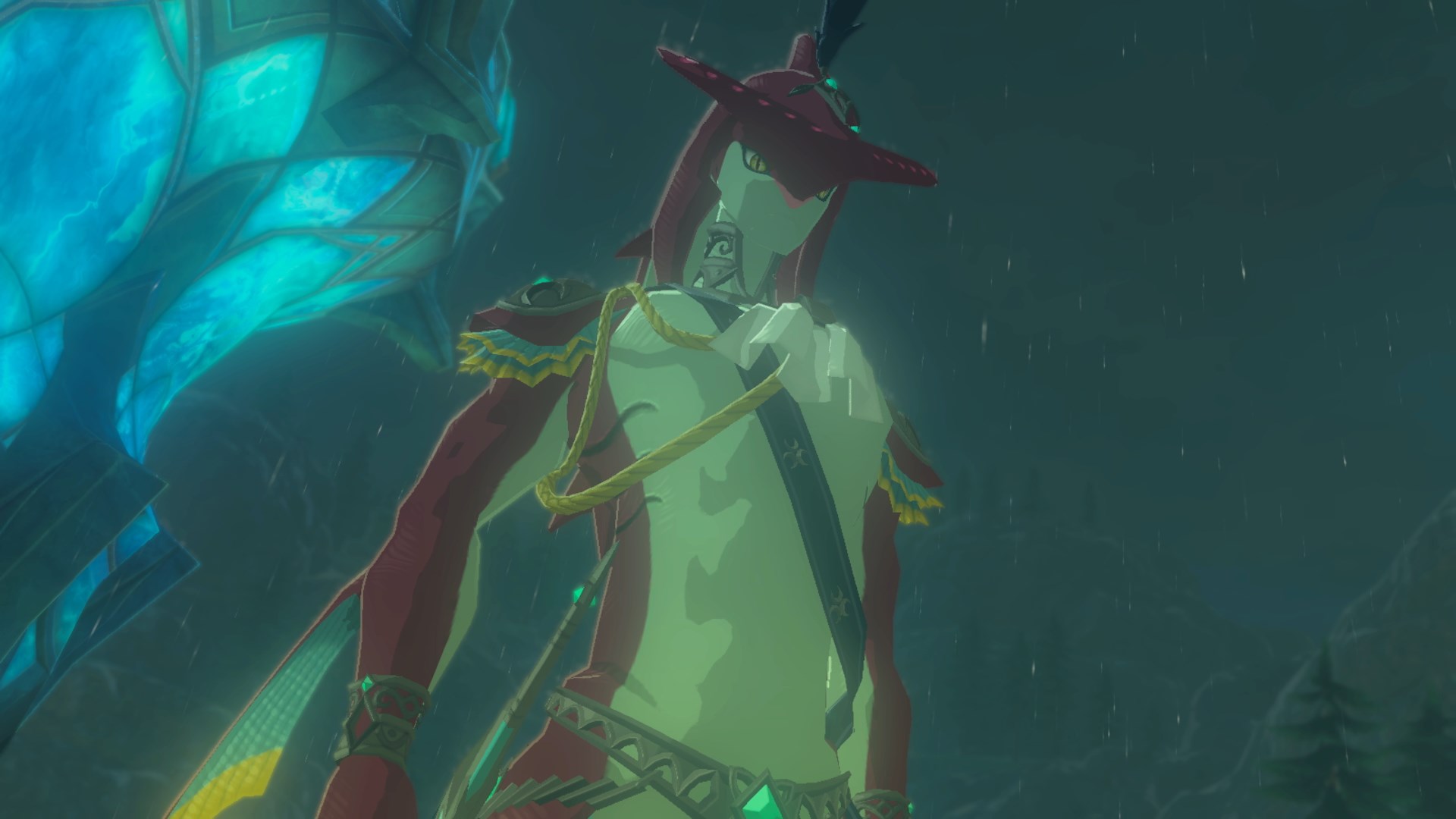
Exhibit A: tasked with negotiating a frigid river, Link must cut down a tree and push its trunk into the water in order to cross safely. This is just one example of what Fujibayashi calls Breath Of The Wild's "sensory and intuitive" puzzle solving. His team has worked hard to fill the game with such moments. Problem solving is inherent to game design, of course: part of Fujibayashi's job over the past decade and a half has been finding inventive ways to use hardware, just as Link must dig into his backpack to find the right kit for his current predicament. What's different this time is that Breath Of The Wild is a cross-platform game, built for two formats – and, as such, couldn't realistically be bound to any specific hardware features. Rather than looking back through his own Zelda games for inspiration, Fujibayashi opted instead to study one he'd always enjoyed as a fan.
"There was no need for us to build the gameplay around a certain special game mechanic," he says. "This heralded a return to our roots. I thought it would be fun not to make the system too complex, and instead try to recreate the entertainment and enjoyment of the first Zelda game using our current platforms. When looking into the idea, I realised the original Zelda allowed users to freely explore an expansive world; players would search for the dungeon they were after and look for a way to reach it. This was a theme that fit exceptionally well with Breath Of The Wild." It's appropriate, really, that for a series whose timeline is so hotly debated, Zelda's future should be so deeply rooted in its past.
Still, the presence of the Sheikah Slate, a multi-faceted tool shaped suspiciously like a Wii U GamePad, is a lasting reminder that Breath Of The Wild was originally built around a single piece of hardware. It was spring of 2016 when the decision was made to develop and release the game for Switch, too. Eiji Aonuma has already spoken of the "large extra burden" it placed on the shoulders of the development team: the move from two displays to one enforced a shift in the way the game controlled. Fujibayashi, however, reflects on this unusual situation with great diplomacy. "Of course, we didn't have a huge amount of leeway in terms of time," he recalls. "But as director I wasn't particularly fazed by this. I have a very strong impression that work proceeded without panic under the specific instructions of our producer, Mr Aonuma. Personally, when I started thinking about what kind of features the Nintendo Switch hardware had, I ended up thinking about whether we could add in any new ideas, which looking back on it now was probably not the best thing to be thinking of at the time!"
Fujibayashi's past experience perhaps made for an easier transition than would otherwise have been possible. Having previously directed handheld and home-console Zelda titles, he now found himself helming a game that would, in its Switch incarnation at least, function as both. The key difference between the two types, he says, is an obvious one: horsepower. "The Oracle games and The Minish Cap were 2D pixel-art games released on the GameBoy Color and GameBoy Advance. Compared to the Wii, Wii U or Nintendo Switch, graphically they can't even begin to match up – the kinds of animations, the text we can show, the audio, and storage space are definitely not comparable. The most notable difference is simply that we can no longer 'fudge' things when it comes to anything graphical. What we have previously left up to players' imaginations can all now be shown for real, so continuing to use our previous methods of expression would lead to some very odd experiences for players."
Otherwise, he says, the process is remarkably similar. His approach to crafting the foundational play logic that underpins Breath Of The Wild hasn't really changed a great deal since The Minish Cap. Rather than elucidate, he says, "It might be more fun for players to see how we maintained a balance [between the two styles] by playing the game and seeing for themselves." Talking of playing, Fujibayashi naturally hasn't had an awful lot of free time in which to play videogames. A couple of years ago, however, a pair of indie successes in particular managed to capture his imagination. "I was rather inspired by playing Minecraft and Terraria," he tells us. "I was able to learn from the gameplay and the possibilities found in [those games]. I could learn from the sense of adventure, exploration and how it inspired curiosity." These virtual realms may have offered some pointers, but the real world has had a much greater impact on the direction of Breath Of The Wild. Fujibayashi excitedly reveals that he's part of an adventure club, in which he regularly engages in outdoor activities alongside other Nintendo staff. "[We do] things like cave diving where you actually go down into the water to get into the cave, as well as rafting tours and so on," he elaborates. "I know this may not be such a big deal in the west, but in Japan it's quite an adventure!"
Embrace the land
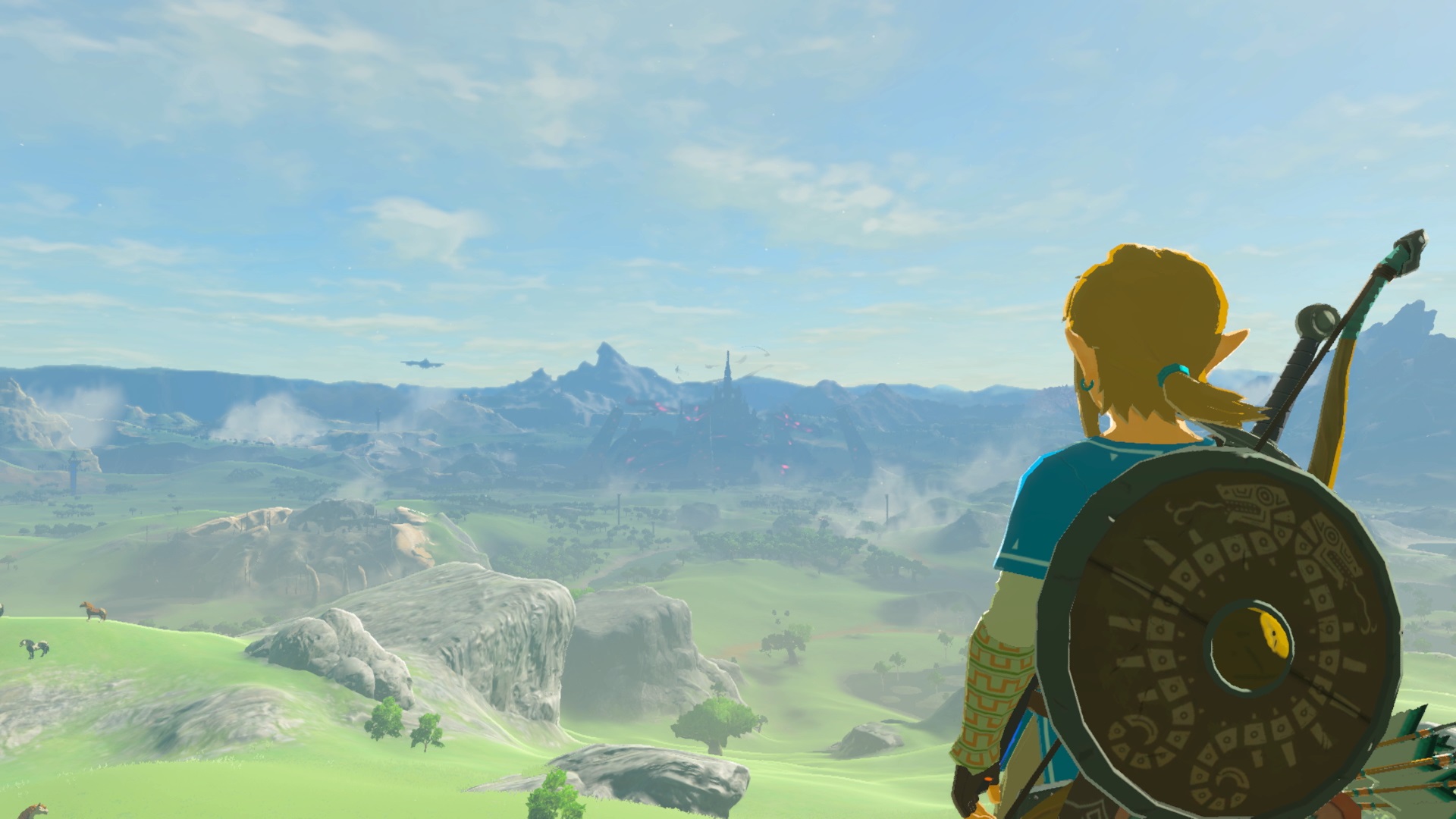
"This may be a fantasy setting, but it's the first Zelda world that bears close comparison with our own."
The director's embrace of the great outdoors is most clearly expressed through Link himself, but it's apparent in Breath Of The Wild's expansive environments, too. This may be a fantasy setting, but it's the first Zelda world that bears close comparison with our own. It's tempting to view the size and openness of that world as a reaction to Skyward Sword's more compact spaces, but while Fujibayashi acknowledges that fan feedback is always taken into consideration, such a marked shift in the construction of its environments has little to do with criticisms aimed at the 2011 Wii Zelda game.
"We weren't looking back on Skyward Sword ourselves all that much, although we did add on some parts that worked well in the development of Skyward Sword, and revised some parts that we had concerns with," Fujibayashi says. "Something else we've done now is make it so you can climb walls basically anywhere, and you can jump off from high places and glide where you want. We had to consider what kind of landscape would work for that. In the game, it's even possible to dive straight towards a lake from a cliff so high that the surface of the water looks hazy due to the distance. How can we create a thrilling adventure in a place where you can go anywhere you want? That is the kind of question we were considering as we made Breath Of The Wild."
Talk of cliffs and lakes reminds us of an anecdote from one of Fujibayashi's mentors. Always a man to draw inspiration from his hobbies rather than other games, Shigeru Miyamoto once recalled how a hiking trip near Kobe, one of Japan's largest cities, saw him discover a large lake at the top of a mountain, and how he drew upon such moments when creating the original Legend Of Zelda. With Fujibayashi citing both the first game and his love for the great outdoors as key inspirations for Breath Of The Wild, it's as if the series has come full circle – only now Nintendo has the technology to recreate that sensation without having to fudge anything. It's a reminder that despite this symbolic changing of the guard, as Nintendo's veterans make way for a new generation of designers – and, perhaps, future mentors – that the legacy of those who have gone before is just as vital as it has ever been.
"More than anything, what's influenced my personal understanding of what a Zelda game should be has been the teachings I've received from Shigeru Miyamoto in the years since the Oracle games," Fujibayashi concludes. "I really feel that it's not because of knowledge or experience that I'm here working as a developer for Zelda, but because of the people."
Keep up to speed with all of our celebratory Zelda coverage with our The Legend of Zelda celebration hub
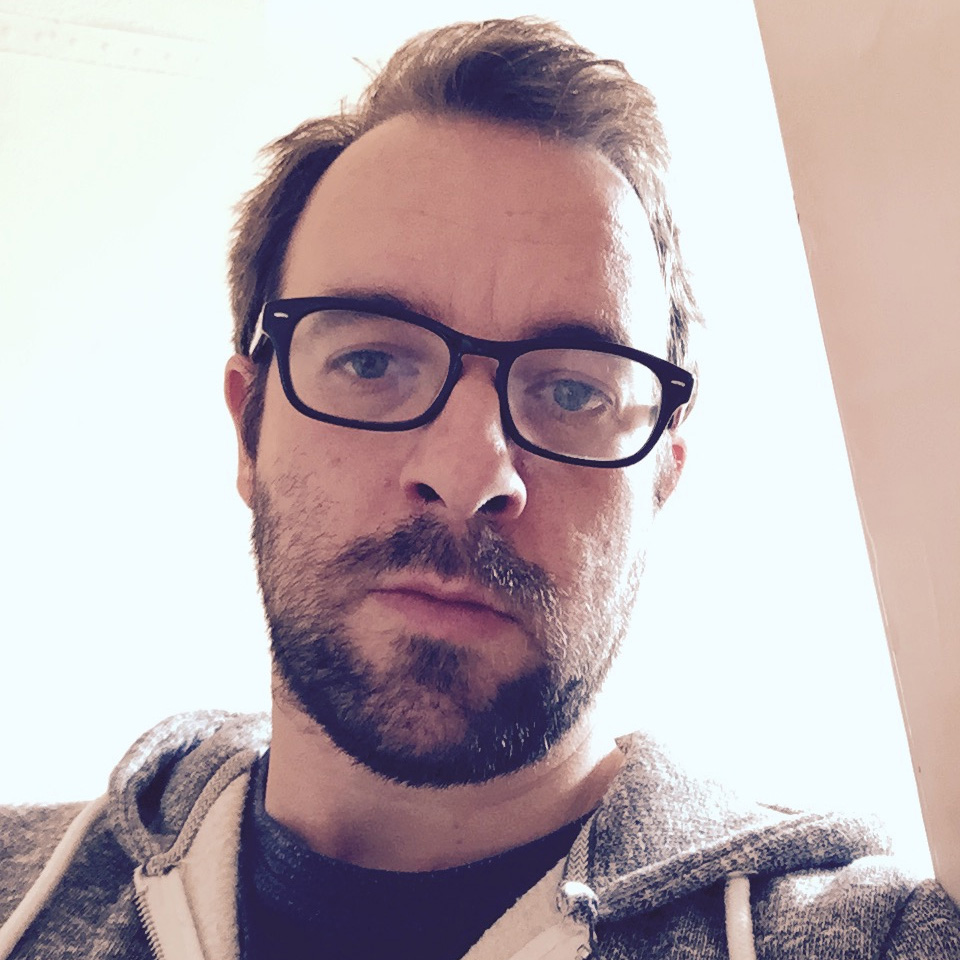
Chris is Edge's former deputy editor, having previously spent a decade as a freelance critic. With more than 15 years' experience in print and online journalism, he has contributed features, interviews, reviews and more to the likes of PC Gamer, GamesRadar and The Guardian. He is Total Film’s resident game critic, and has a keen interest in cinema. Three (relatively) recent favourites: Hyper Light Drifter, Tetris Effect, Return Of The Obra Dinn.

